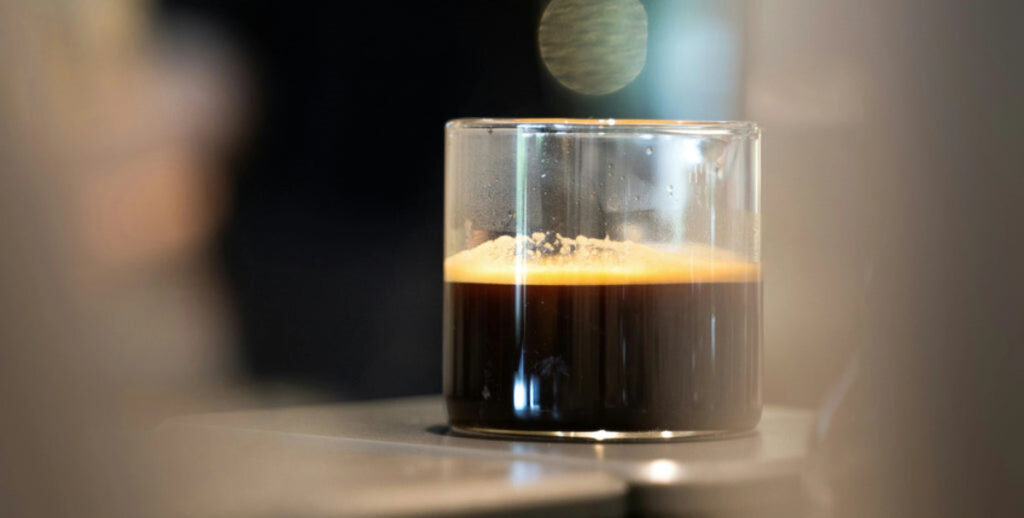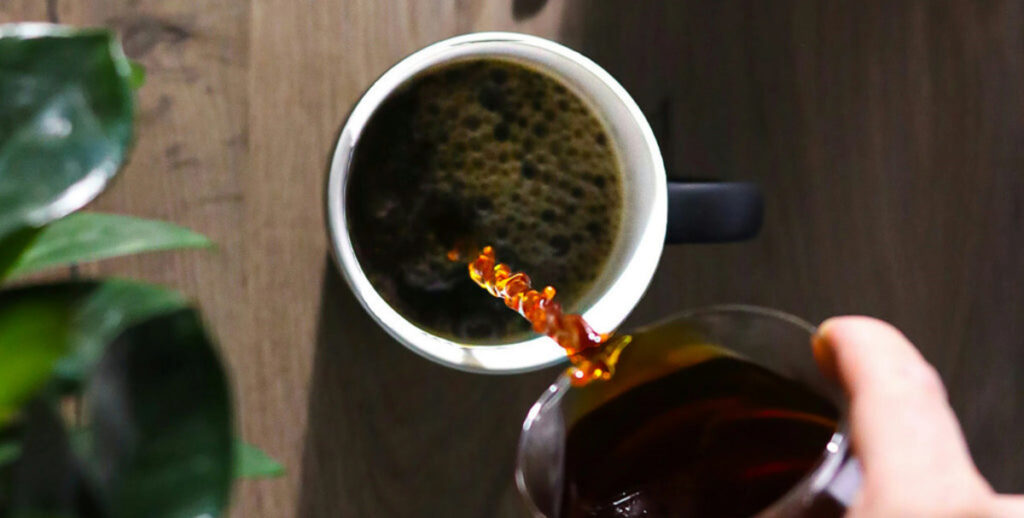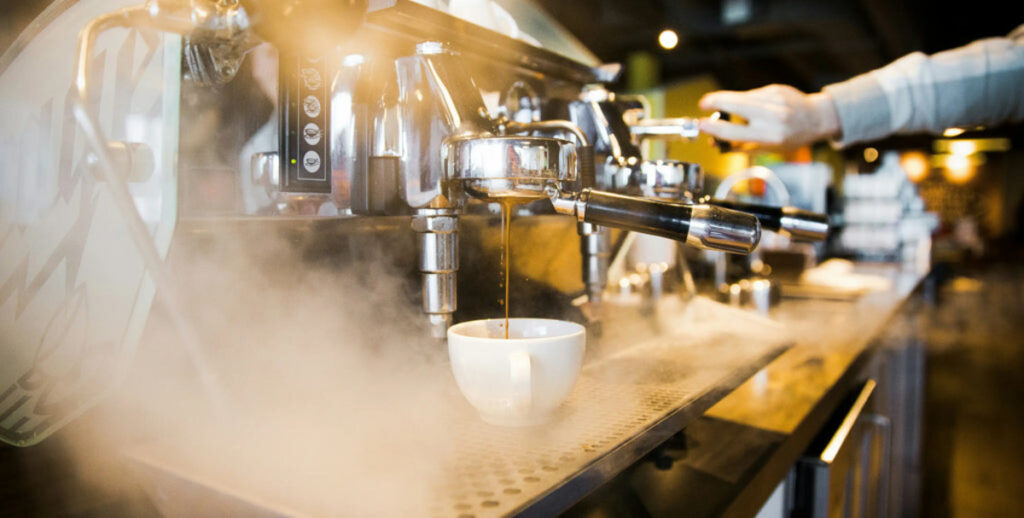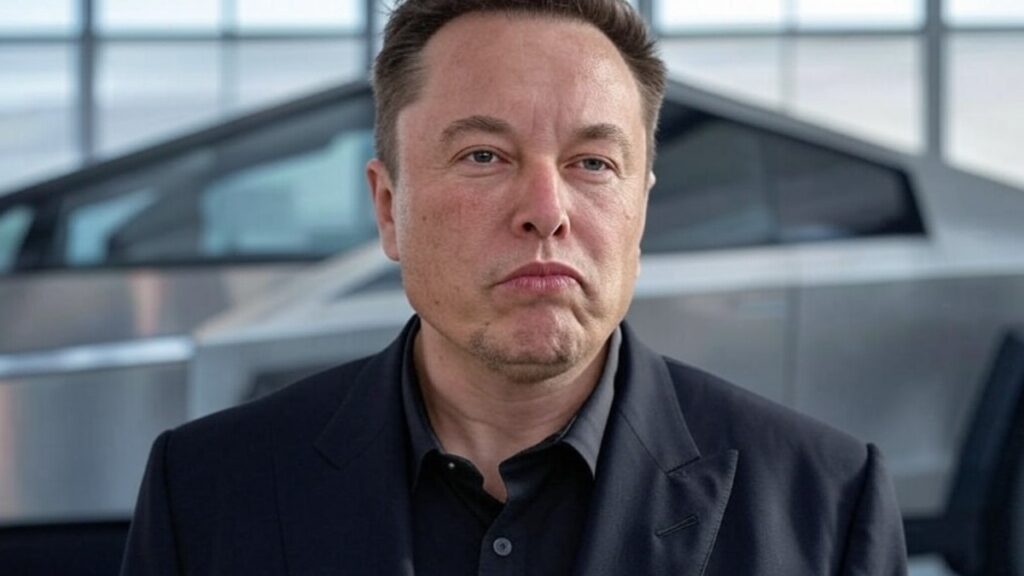While you’re savouring your go-to espresso, have you considered just how much caffeine lurks in that tiny cup? Understanding the caffeine content is key to managing your consumption, especially if you’re keen to dodge those unwanted effects like the notorious jitters or restless nights. Let’s delve into the caffeine levels found in a shot of espresso and the factors that play a role.
Caffeine 101: The Science Behind the Buzz
Caffeine is a naturally occurring stimulant present in coffee beans, tea leaves, and cacao. It’s consumed globally and is renowned for boosting alertness, concentration, and energy. When caffeine enters your bloodstream, it disrupts a compound known as adenosine that induces sleep, thus heightening levels of other brain chemicals that enhance mood and reaction times while combating fatigue.
While caffeine is predominantly linked with coffee, it can also be found in tea, energy drinks, and chocolate, contributing to the invigorating effects we often seek. For most, moderate caffeine consumption is safe, but excessive amounts can lead to adverse reactions.
Decoding the “Shot” of Espresso

On average, a standard espresso shot contains around 63 milligrams of caffeine, though this can vary based on several factors, which we’ll dissect further. Baristas fine-tune grind size, water temperature, and extraction time to achieve the ideal harmony of flavour and caffeine.
Caffeine Content: What to Expect from a Shot of Espresso

Though a shot of espresso is modest in size, it’s laden with caffeine. Generally, you can expect it to contain about 63 milligrams of caffeine, but the amount can fluctuate from 30 to over 100 milligrams based on factors like the coffee bean variety, grind size, and machine setup.
What Influences Caffeine Levels in Espresso?
Several elements can affect the caffeine content of your espresso shot:
Coffee Bean Type
The variety of coffee beans used can significantly influence caffeine levels. For instance, Robusta beans typically have approximately twice the caffeine content of Arabica beans. The beans’ growing region can also play a role, as those cultivated at higher altitudes tend to have more caffeine.
Roast Level
Many believe that darker roasts contain more caffeine. However, lighter roasts actually possess slightly higher caffeine levels since the prolonged roasting process can diminish some of it. So, if you’re searching for a more energising espresso shot, lighter roasts may be the way to go.
Grind Size and Tamping
The grind size and the degree to which the coffee is tamped (compressed) into the portafilter can influence the extraction and, ultimately, the caffeine quantity. A finer grind coupled with a firmer tamp usually leads to slower extraction, which can increase caffeine levels in the resulting shot.
Water Temperature and Volume
The temperature and volume of water employed during extraction also impact caffeine content. Hotter water can extract more caffeine, and slightly increasing the water volume may also enhance extraction—though it’s a balancing act to avoid over-extraction, which can yield a bitter taste.
Espresso vs. Regular Coffee: Where Does Caffeine Stand?
Many assume espresso packs a significantly higher caffeine punch than regular coffee, but the reality is more nuanced.
Espresso: Intense but in Smaller Sips
A single shot of espresso (1 ounce or 30 millilitres) delivers about 63 milligrams of caffeine, while an equivalent ounce of regular drip coffee contains only about 12-16 milligrams. Therefore, espresso is definitely more concentrated in caffeine.
Coffee: Larger Volume, Greater Total Caffeine
Meanwhile, an average 8-ounce cup of coffee can have around 95 milligrams of caffeine, surpassing a single espresso shot in total caffeine content. However, espresso’s swift consumption and robust flavour can create an impression of a stronger caffeine effect, even if the overall quantity might be less than a full coffee cup.
Espresso-Based Drinks: Caffeine Levels Stack Up Quickly
If you’re indulging in a latte or cappuccino, remember that these drinks commonly contain two or more shots of espresso. Consequently, their caffeine content can easily exceed that of a regular cup of coffee.
To keep your caffeine intake in check, consider both the strength and total volume of your beverage.
Espresso Factors That Influence Caffeine Content
Various variables in the espresso-making process can impact how much caffeine makes it into your cup:
Pressure of the Espresso Machine
Espresso machines rely on pressure to force water through coffee grounds. Most operate optimally at around 9 bars of pressure. Excessively high pressure may result in a bitter brew with more caffeine; too low, and the espresso may be weak with less caffeine.
Brewing Time (Extraction Duration)
The brewing time greatly affects caffeine levels. Generally, a standard espresso shot brews in about 20-30 seconds. If brewed too long, it may taste bitter and extract more caffeine. Conversely, a shot brewed too briefly might taste sour and contain less caffeine.
Barista’s Skill
A barista’s expertise is just as critical as the machine itself. An experienced barista knows how to fine-tune the grind, properly tamp the grounds, and oversee the brewing process to ensure the shot achieves the right balance of flavour and caffeine.
Caffeine’s Impact on Your Health
While moderate caffeine consumption is safe for most, being aware of your limits and caffeine’s effects on health is essential.
Recommended Caffeine Limits
Experts suggest that most adults cap their caffeine intake at 400 milligrams per day, equating to roughly four to five cups of coffee or about 6-7 shots of espresso. Individual tolerances vary, so it’s essential to listen to your body and adjust your consumption accordingly.
Consequences of Excessive Caffeine Intake
Overindulgence in caffeine can lead to side effects such as:
- Jitters or restlessness
- Increased levels of anxiety or irritability
- A rapid heartbeat
- Upset stomach
- Headaches
- Difficulty sleeping
Experiencing any of these symptoms post-espresso or other caffeinated beverages may indicate it’s time to scale back.
Long-Term Health Implications
Chronic high caffeine intake can lead to long-term health complications, including:
- A higher risk of acid reflux or digestive issues
- Ongoing sleep disturbances
- Nutrient deficiencies if caffeine substitutes meals
- Dependence or addiction, leading to withdrawal symptoms when reducing intake
Though moderate caffeine consumption is generally considered safe, being mindful of its effects on your body is important for making necessary adjustments.
Enhance Your Understanding of Espresso Caffeine Levels
A shot of espresso typically packs around 63 milligrams of caffeine, though this figure can change based on several variables, such as bean type, grind, and brewing methods. While a regular coffee cup might contain more caffeine than a single espresso shot, the concentrated nature of espresso delivers a powerful caffeine boost in less volume. By grasping the factors influencing caffeine content, you can enjoy your espresso in a satisfying and health-conscious manner. Keep tabs on your intake to remain within safe limits, and most importantly, relish your coffee!







